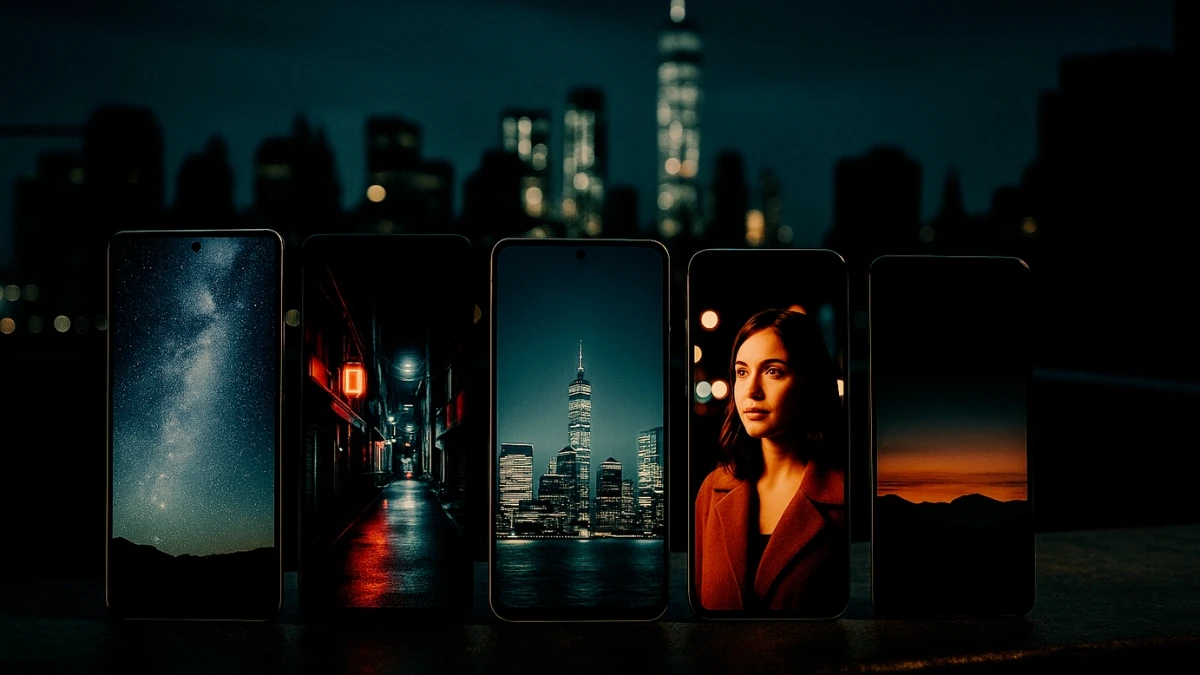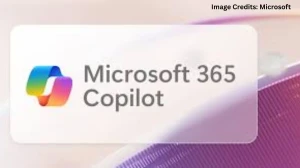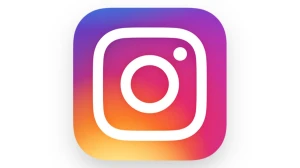Best Mobile Phones for Night Photography in 2025
As mobile phone cameras continue to evolve, one of the most sought-after features for smartphone photography enthusiasts is the ability to capture stunning images in low light.
Night photography can be challenging, but with the right tools, your phone can produce vibrant, clear, and detailed photos even in the darkest environments.
In 2025, mobile phones are equipped with advanced sensors, enhanced night mode, and AI-driven features that make capturing breathtaking night shots easier than ever before.
Whether you're photographing cityscapes, starry skies, or nighttime portraits, the latest smartphones are equipped to handle it all. In this guide, we’ll explore the best mobile phones for night photography in 2025, focusing on their key features and camera innovations that help you achieve professional-level results.
5. Xiaomi 15 Ultra - The Hardware Beast

Xiaomi has packed the best camera hardware available into this year's flagship, with a 50MP, ƒ/1.63, 1-inch sensor and a colossal 200MP, ƒ/2.6, 4.3x periscope zoom.
Standout Features:
- 1-Inch Main Sensor: The largest sensor available in smartphones for maximum light gathering capability
- Exceptional Zoom Range: Found to be by far the best at long-range photography, with the 200MP periscope zoom offering deceptively long-range capabilities
- Video Capabilities: 4K/60fps and 8K/30fps capabilities on all four lenses, plus 120fps option for the primary and 4.3x lenses
- Creative Color Profiles: Provides three color profiles as a base and many more filters, making it easy to find a unique profile to call your own
Best for:
Tech enthusiasts, wildlife photographers, users wanting maximum hardware specifications, and creators who need professional video capabilities.
Real-world scenario:
Photographing wildlife at dusk from a significant distance, where the combination of the large sensor and powerful zoom allows you to capture detailed shots that would be impossible with other smartphones.
4. OnePlus 13
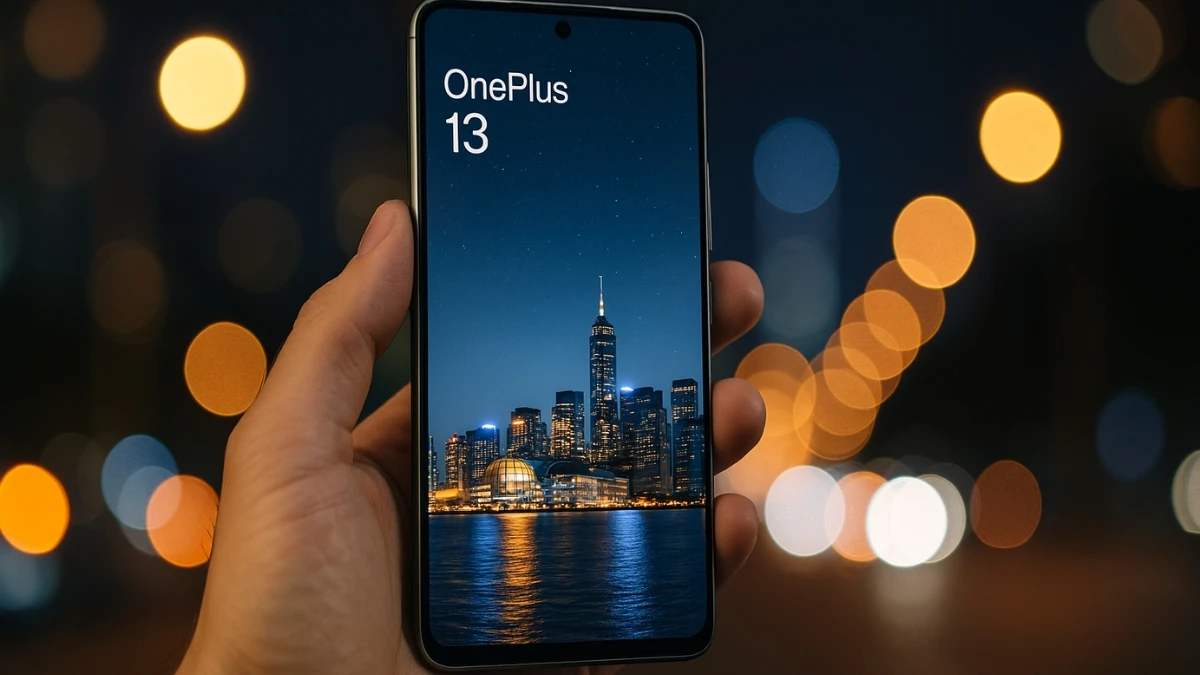
The OnePlus 13 uses a Hasselblad camera system that's closer to something employed by a professional photographer, delivering premium results at a more accessible price point.
Standout Features:
- Hasselblad Partnership: Professional-grade color science and image processing algorithms
- Weather Resistance: Rated with AquaTouch 2.0 so you can still get shots even in a little drizzle
- Excellent Shadow Detail: Impressed with good shadow detail and lack of noise in very dark scenarios
- Outstanding Value: Hundreds of dollars less than other flagship phones while making a strong showing against the big three
Best for:
Photography enthusiasts on a budget, Android users wanting premium features, and photographers who prioritize shadow detail and natural processing.
Real-world scenario:
Concert photography where maintaining detail in both the dramatically lit stage and the dark audience areas is crucial—the OnePlus 13 excels at preserving information across extreme contrast ranges.
3. iPhone 16 Pro/Pro Max
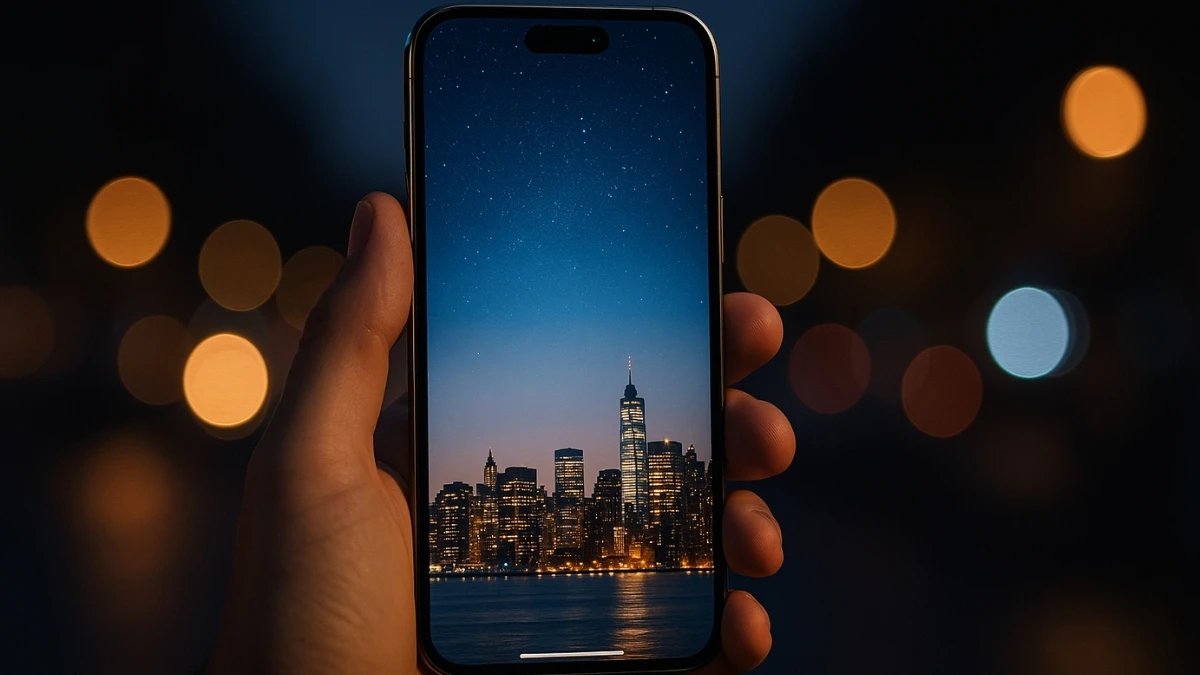
The iPhone 16 Pro is the best iPhone yet for astrophotography, with a brilliant night mode, offering the reliability and color science that Apple users expect.
Standout Features:
- Refined Night Mode: Takes three 10-second images, stacks and processes them automatically for natural-looking results
- Superior Video Quality: Unmatched low-light video performance with excellent stabilization
- Color Science Excellence: Apple does a really good job of giving you punchy saturation without going into punchy contrast, with distinct advantages when images are displayed on compatible HDR displays
- Ecosystem Integration: Seamless workflow with photography apps and editing tools
Best for:
Video creators, iPhone ecosystem users, street photographers, and those prioritizing reliability and natural color reproduction.
Real-world scenario:
Walking through a dimly lit market at night, you can confidently shoot handheld knowing the iPhone 16 Pro will deliver sharp images with natural colors that look great shared directly to social media without editing.
2. Samsung Galaxy S25 Ultra
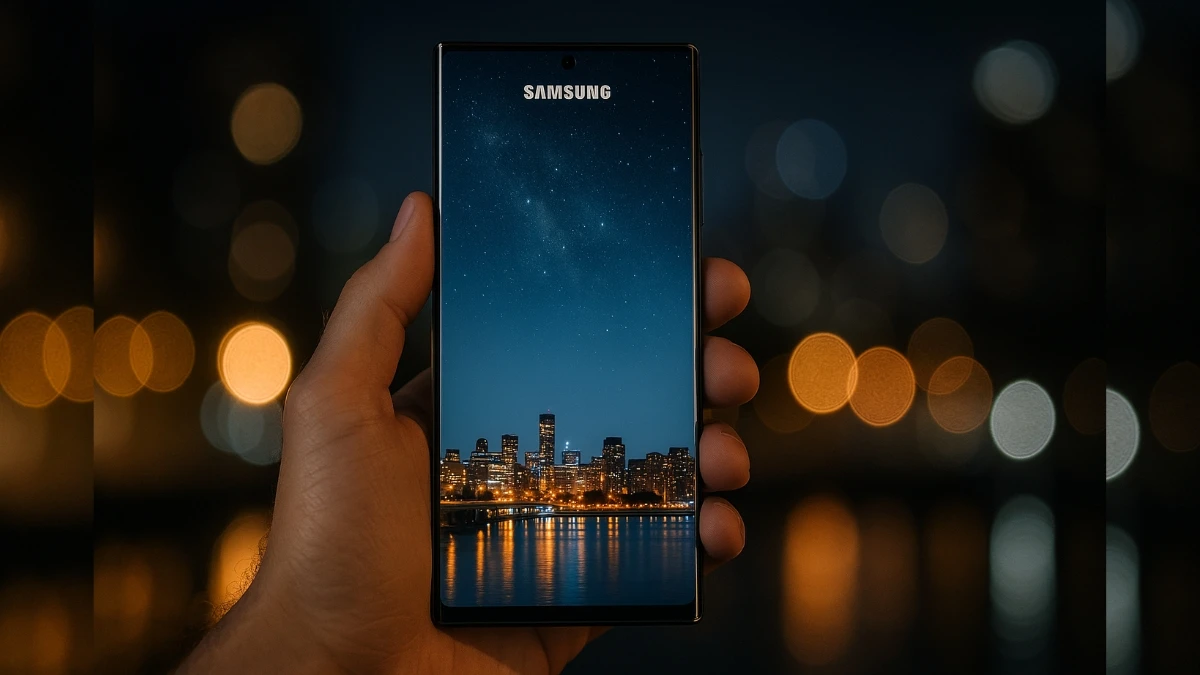
Samsung's latest flagship gains an upgraded 50MP ultrawide camera, with performance amplified by the new AI ProVisual Engine, making it a formidable night photography tool that leverages cutting-edge artificial intelligence.
Standout Features:
- 200MP Main Sensor: The highest resolution smartphone camera on the market at 200 megapixels, using pixel-binning technology to combine multiple pixels for superior low-light performance
- AI ProVisual Engine: New generation AI technology improves night photography, noise performance, zoom quality and HDR imaging
- Enhanced Manual Controls: Pro mode gives photographers complete control over ISO, shutter speed, and focus for creative night shots
- Versatile Zoom System: The 5x telephoto performs surprisingly well in low light compared to competitors
Best for:
City photography, architectural shots, portraits, and users who want cutting-edge AI assistance combined with manual control options.
Real-world scenario:
Capturing a cityscape at golden hour, the S25 Ultra's AI automatically balances the bright sunset with darker building details, while the 200MP sensor ensures every window and architectural detail remains crisp even when you crop the image later.
1. Google Pixel 9 Series
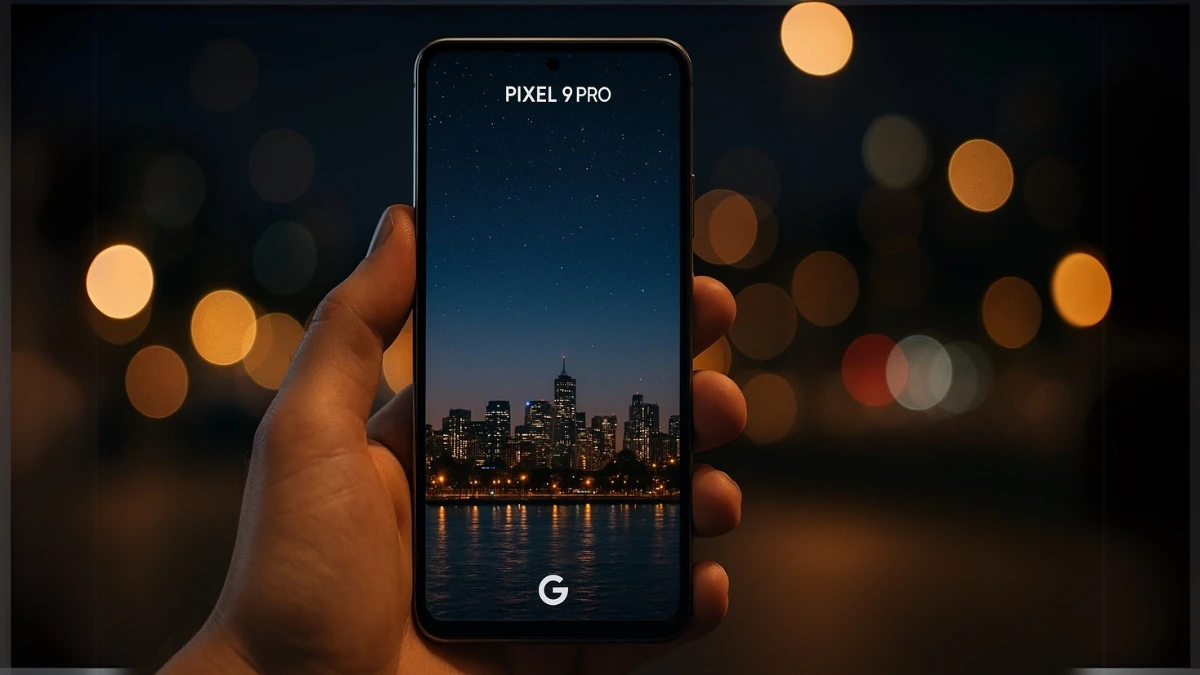
The Google Pixel 9 is the only top-range smartphone to feature a dedicated astrophotography mode that makes it extremely easy to capture amazing night photos. For astrophotography enthusiasts, this phone stands alone in its category.
Standout Features:
- Astrophotography Mode: The only smartphone with this dedicated feature, plus an astrophotography timelapse function that no other smartphone camera offers
- Night Sight Excellence: Multiple exposure stacking with intelligent processing delivers consistently stunning results
- AI-Powered Features: Best Take, Magic Editor, and Audio Magic Eraser enhance photos beyond traditional capture
- Consistent Performance: The Pixel 9 Pro XL is the most consistent smartphone camera you can buy, particularly excelling at capturing action when other phones produce blurry results
Best for:
Star photography, low-light landscapes, beginners wanting automatic excellence, and anyone interested in astrophotography without the learning curve.
Real-world scenario:
Point your Pixel 9 at a dark sky, and it automatically detects the conditions and switches to astrophotography mode. Wait 4 minutes while it captures and processes multiple long exposures, and you'll have a professional-looking Milky Way shot that would have required thousands of dollars in camera equipment just a few years ago.
What Makes a Phone Great for Night Photography?
Night photography success hinges on one fundamental challenge: gathering enough light to create a clear, detailed image. Modern smartphone sensors have grown dramatically in size, with some reaching up to 1 inch compared to the 1/2.3-inch sensors that were once considered "giants".
This isn't just a numbers game—larger sensors physically capture more photons, resulting in brighter, cleaner images with less noise.
But hardware is only half the story. The real revolution lies in computational photography, where artificial intelligence analyzes and combines multiple exposures in real-time.
Google's astrophotography mode takes multiple 16-second images and stacks them automatically, while iPhone's night mode combines three 10-second exposures to create a single, perfectly exposed photograph.
Key Features to Look For
When evaluating phones for night photography, prioritize these critical features:
Dedicated Night Modes vs Manual Controls: Most smartphone manufacturers now include night modes that use computational photography algorithms, following Google's pioneering "Night Sight" mode. Look for phones that offer both automatic night modes for convenience and manual controls for creative freedom.
Image Stabilization: Optical Image Stabilization (OIS) combined with software stabilization can mean the difference between sharp handheld shots and blurry disappointments. This becomes crucial during the longer exposures night photography demands.
Multiple Lens Performance: Here's a crucial insight many miss: the main camera sensor always performs best in low light conditions, while telephoto and ultrawide cameras offer significantly worse results due to smaller sensor areas and aperture sizes. Some manufacturers even disable night mode on weaker camera modules.
RAW Format Support: Shooting in RAW format offers more freedom in image processing and greater color depth compared to JPEG, essential for extracting maximum detail from challenging low-light scenes.
Essential Accessories & Apps
- Smartphone Tripods: A quality tripod is your most important night photography investment. Look for models with adjustable legs, smartphone adapters, and sufficient stability for your phone's weight. Budget options start around $20, while professional-grade tripods cost $50-100.
- External Lighting: Mobile accessories like The Pocket Spotlight and smartphone ring lights allow better control over lighting than built-in flash. Small LED panels offer more natural, controllable illumination for creative night photography.
- Lens Attachments: While smartphone cameras have improved dramatically, external lenses can still enhance specific scenarios. Wide-angle attachments can help with landscapes, though ensure they don't compromise image quality.
Photography Apps That Make a Difference
- Camera Apps: Try Manual (iOS) or Manual Camera (Google Play)—both let you control how long the shutter stays open. These apps unlock professional controls often hidden in default camera applications.
- Editing Apps: Essential editing tools include exposure and contrast controls, with Snapseed and Adobe Lightroom Mobile being particular favorites. When dealing with grain from high ISOs, consider converting to black and white for a classic dramatic effect.
- Utility Apps: Star map applications help identify celestial objects for astrophotography, while weather apps help plan shoots around clear skies and optimal conditions.
Quick Comparison & Buying Guide
- Best Overall: Google Pixel 9 Pro - Unmatched computational photography and astrophotography capabilities
- Best for Beginners: Google Pixel 9 - Same camera technology as Pro models at a lower price
- Best for Video: iPhone 16 Pro Max - Superior low-light video quality and stabilization
- Best Value: OnePlus 13 - Professional-grade results at hundreds less than competitors
- Best Hardware: Xiaomi 15 Ultra - Largest sensor and most advanced zoom system
Budget Considerations
- Under $500: The Google Pixel 9a delivers high-quality images with pleasing detail and punchy but natural colors, plus access to Google's AI features like Best Take and Magic Editor.
- $500-$800: Consider previous-generation flagships like the Pixel 8 Pro or iPhone 15 Pro, which offer near-current performance at reduced prices.
- $800+: This price range delivers the cutting-edge night photography capabilities detailed in our top 5 recommendations.
Common Mistakes & How to Avoid Them
- Over-relying on zoom in low light: Telephoto lenses in twilight using 5x zoom will result in pixelated, poor-quality images due to tiny sensors. Move closer instead of zooming when possible.
- Ignoring stabilization basics: Even phones with excellent stabilization need steady support for best results. Take too many photos of each subject rather than too few—you can delete redundant shots later, but can't fix a single blurry photo.
- Not understanding when to use night mode vs manual: Automatic night modes excel in most situations, but manual control becomes essential for creative effects like light trails or intentional motion blur.
- Rushing the shot: Night photography requires patience. Take your time to try different things and get to know your camera app settings in detail.
- Forgetting composition: Technical perfection means nothing without compelling composition. Apply standard photography rules—rule of thirds, leading lines, foreground interest—even in challenging light.
Disclaimer
The information provided in this article is for general informational purposes only. While we have made every effort to ensure the accuracy and reliability of the details shared, we cannot guarantee the performance of any specific smartphone or camera feature as results may vary based on individual usage, environmental conditions, and personal preferences. The effectiveness of night photography capabilities may depend on various factors such as settings, lighting conditions, and technique. Always do your own research and consider consulting user reviews or expert opinions before making a purchase decision.

